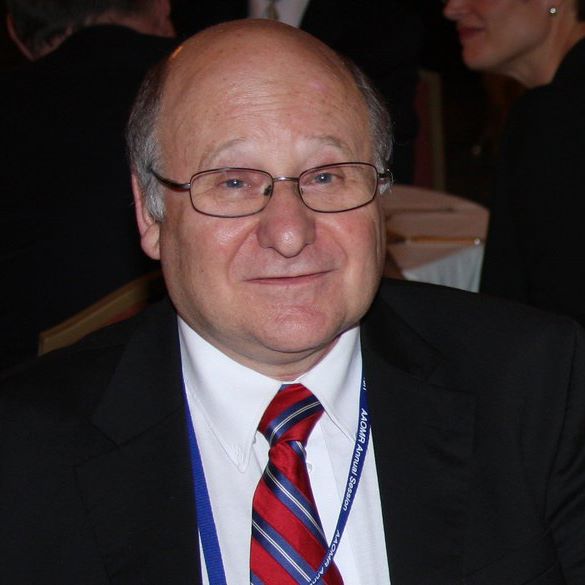Login to access our platform or register if you're interested in our CT reading services.
Please compress (Zip) your Dicom CT files before uploading them since this reduces the transmission time. For a guide showing how to log in and upload your files click here
Patient radiographs, referral forms and reports are stored on an HIPAA compliant cloud server maintained by Citrix Inc. Data is backed up daily.
| Sample Reports: |  |
Carotid Artery Calcifications |  |
Pre-Implant Assesment |  |
Third Molars |  |
Temporomandibular Joints |
Year of Experience
Years of Teaching and Reporting Radiology
Or more Patents
Or more Refereed Scientific Publications
Douglas K Benn BDS, DDS, PhD, trained as an Oral and Maxillofacial radiologist at Guy's Hospital, University of London and the Royal College of Radiologists, England. For 12 years he was tenured Full Professor of Maxillofacial Radiology at the University of Florida College of Dentistry and Full Professor of Radiology in the Department of Diagnostic Sciences, Creighton University School of Dentistry, Omaha, Nebraska.
Dr. Benn is an author of more than 50 refereed scientific papers on radiology and the inventor of several patents. He was Editor-in-Chief of Dentomaxillofacial Radiology, the peer reviewed journal of the International Association of Dental and Maxillofacial Radiology.




https://www.ReadCTs.com is the Home site of Dental and Maxillofacial Radiology Omaha LLC and is a secure website as indicated by the . Patient referral information collected by the Referral form is stored on a secure HIPAA compliant server hosted by Citrix Inc.
Upon completion of the patient referral the user is automatically redirected to login to the https://www.ReadCTs.sharefile.com site hosted by Citrix where they can upload their CBCT Dicom files into their folders. Dental offices can only access their own folders and no others. When a report is ready to download access is only granted to a restricted set of folders.
Click here for full instructions to Register as a New Office, Login, complete a Referral Form, download reports.
You may access sample reports below:
 |
Carotid Artery Calcifications |  |
Pre-Implant Assesment |
 |
Third Molars |  |
Temporomandibular Joints |
Fees:
| CBCTs | Single jaw or small volume | US$80.00 |
| Two jaws or small volume | US$85.00 | |
| Root canal therapy per tooth | US$10.00 | |
| Tracing per Mandibular canal | US$10.00 | |
| Per implant measurements | US$ 7.00 | |
| Panoramic | US$ 40.00 | |
| Lateral Cephalogram | US$ 40.00 | |